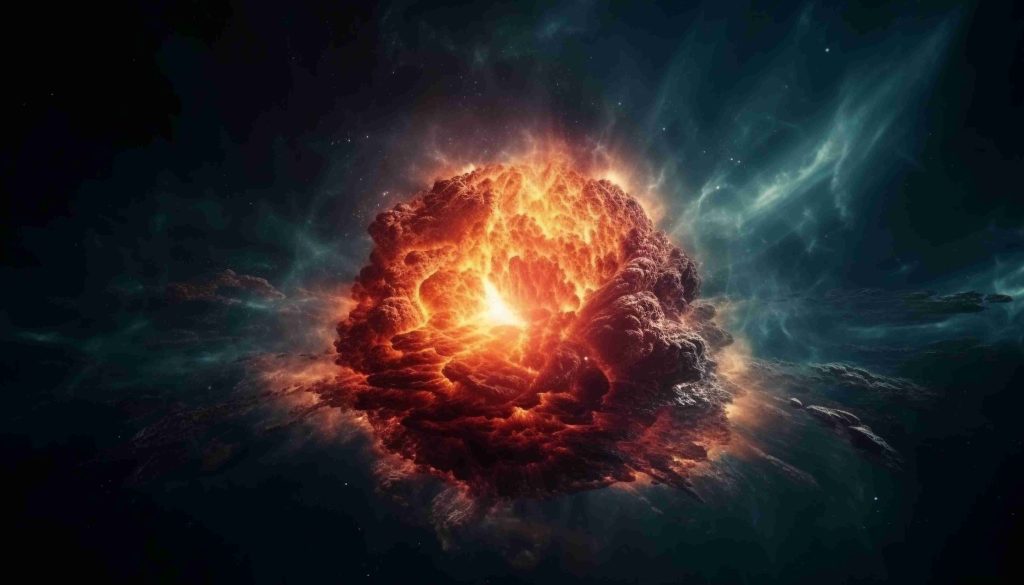The Big Bang Theory is the most prominent and widely accepted scientific explanation of the origins of the universe. This cosmological model postulates that the universe had extremely hot and dense conditions around 13.8 billion years ago, and then proceeded to expand from that initial state. It has opened up new avenues in our knowledge about cosmic evolution while posing many challenges to the scientific community.
The Big Bang theory discovers its origins as early as the beginning of the twentieth century. The first indication of a redshift in distant galaxies was seen in 1912 by the astronomer, Vesto Melvin Slipher, who showed that the universe was expanding. The claim set a new foundation for the understanding of cosmic behavior. The following years saw the introduction by the physicist Albert Einstein of his General Theory of Relativity, which eventually provided a way of expressing how gravity and space-time are curved.
The most important event in building the Big Bang Theory was the announcement in 1929 by the astronomer Edwin Hubble of his observations that galaxies are receding from Earth with speeds proportional to their distances. The implication of this observation was not only that using this information the universe could then be said to be expanding but also that the cosmos was dynamic and evolving rather than static. The implications were that of an initial singularity from which all had paremerged.
While scientists went around the universe discovering more things, there were two other discoveries that further solidified the development of the Big Bang Theory. One was the cosmic microwave background radiation (CMB) detected by Arno Penzias and Robert Wilson in 1965. This very thin glow that fills up the universe is deemed as a form of afterglow from the former Big Bang and thus becomes a piece of compelling evidence proving the hot and dense beginnings of the universe. The second was the observation of the denseness of hydrogen and helium, showing how it ranges in apparent high agreement with estimations provided by the Big Bang Nucleosynthesis model, which describes how the first atomic nuclei formed within a very few minutes after the Big Bang.
Despite all this compelling evidence on the Big Bang Theory, there are voices of dissent. The cosmic mysteries that continue to baffle–especially the uniformity of the CMB and the large-scale structure of the universe–only serve to cast doubt on whether big bang theory is the complete answer. Such ambiguities have led to countertheories, such as the Steady State Theory, which states that the universe is in the process of expanding continuously without beginning or end, and the cyclic model, which claims that the universe consists of infinite phases of expansion and contraction.
In addition, there are complexities created by dark matter and dark energy. The Big Bang Theory is inclusive of almost everything else seen in the cosmic evolution; however, the realization of dark matter and dark energy complicates the vision. Dark matter, not giving off any light and truly interacting only by means of gravity, is said to be about one quarter (27 per cent) of the universe. The remaining part of the universe, estimated at approximately 68 per cent, is due to an inscrutable force known as dark energy. Understanding its rôle within Big Bang theory could deepen insight into the fate of the universe in the end.
To sum up, the Big Bang Theory remains the bedrock of modern cosmology, backed up by a great deal of observational evidence and scientific reasoning. Endless debates and research about the composition and behavior of the universe, however, never cease to enrich our understanding, revealing the intricacies of cosmic history. The further and further the scientists go into the unknown, the investigation into understanding the universe continues, reminding that the tale of creation is far from being complete.







